Phase 2 trial examines efficacy and response of bevacizumab/erlotinib for treatment of patients with rare subtypes of RCC.
nccRCC
Advertisement
At 12 months, the OS rate for patients who received treatment with ipilimumab plus nivolumab was superior to SOC.
Dr. Cheaib discusses outcomes in patients with non-clear cell RCC with tumor thrombus involvement after surgical treatment.
CN may improve OS for patients with metastatic nccRCC compared with systemic therapy alone, especially when combined with IO.
Patients with ccRCC and nccRCC with tumor thrombus have similar survival outcomes after surgical resection.
An exploratory analysis revealed a strong OS advantage associated with a PD-L1 combined positive score higher than 1.
Previous data from the phase II CALYPSO study has demonstrated the efficacy of durvalumab in combination with savolitinib.
Serial ctDNA negativity or clearance was linked to improved PFS compared with persistent ctDNA positivity during treatment.
New data shows patients with nccRCC may benefit from adjuvant therapy at a comparable rate as patients with ccRCC.
In the final segment of this roundtable, the panelists discuss the potential of adjuvant treatments and systemic therapy.
In the fourth part of this roundtable series, the panelists discuss the use of IO/IO and IO/TKI therapy in nccRCC.
Conference Coverage
Dr. Kimura shares insights on PSMA PET/CT metrics and their potential role in guiding treatment decisions for mCRPC.
Professor Bex discusses the phase II NEOAVAX trial that evaluated avelumab/axitinib as neoadjuvant therapy in localized RCC.
Samer Srour, MB, talks about the updated ALLO-316 and its use in targeting CD70 in patients with advanced ccRCC.
Dr. Flavell discusses how landmark studies have shaped current trial designs, and growing interest in combination therapies.
Dr. Flavell highlights the expansion of lutetium PSMA therapies into earlier disease settings: HSPC and oligometastatic PC.
Preliminary trial data suggests that 18F-DCFPyL PSMA PET/CT combined with mpMRI may improve csPCA detection over MRI alone.


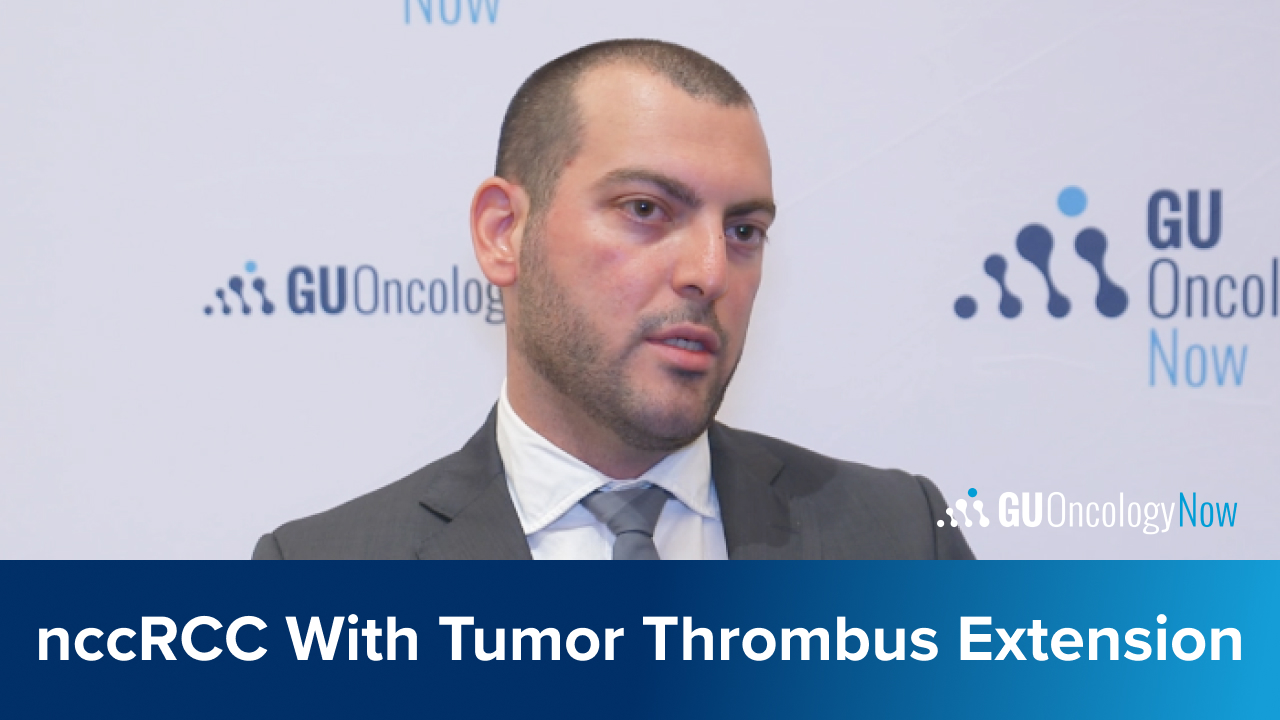
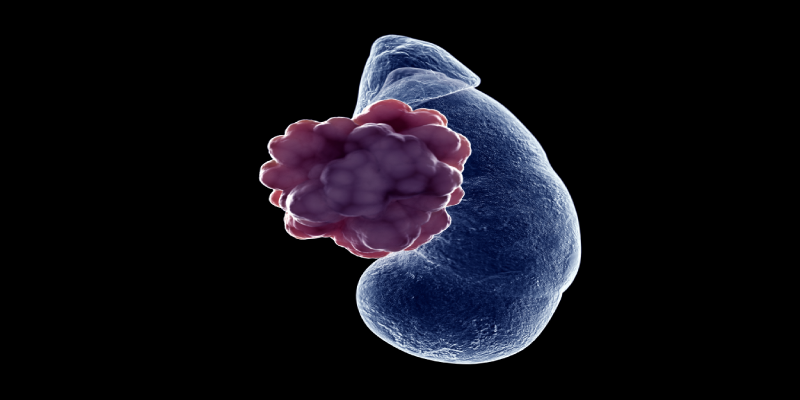
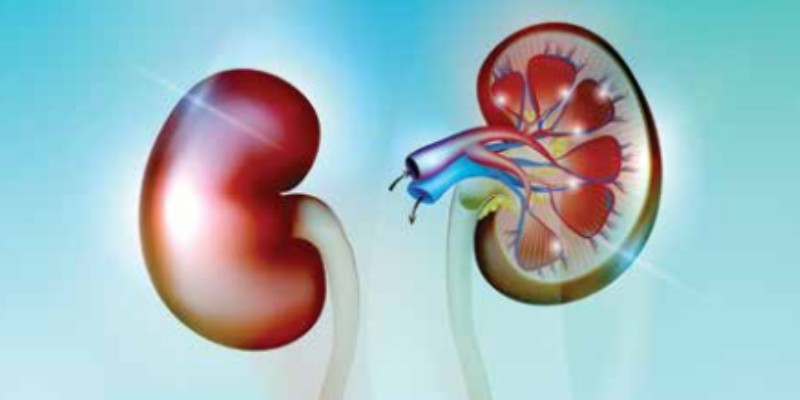



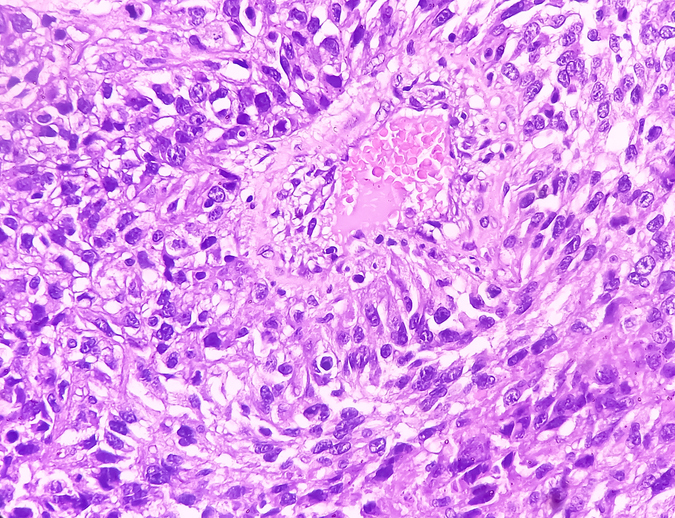

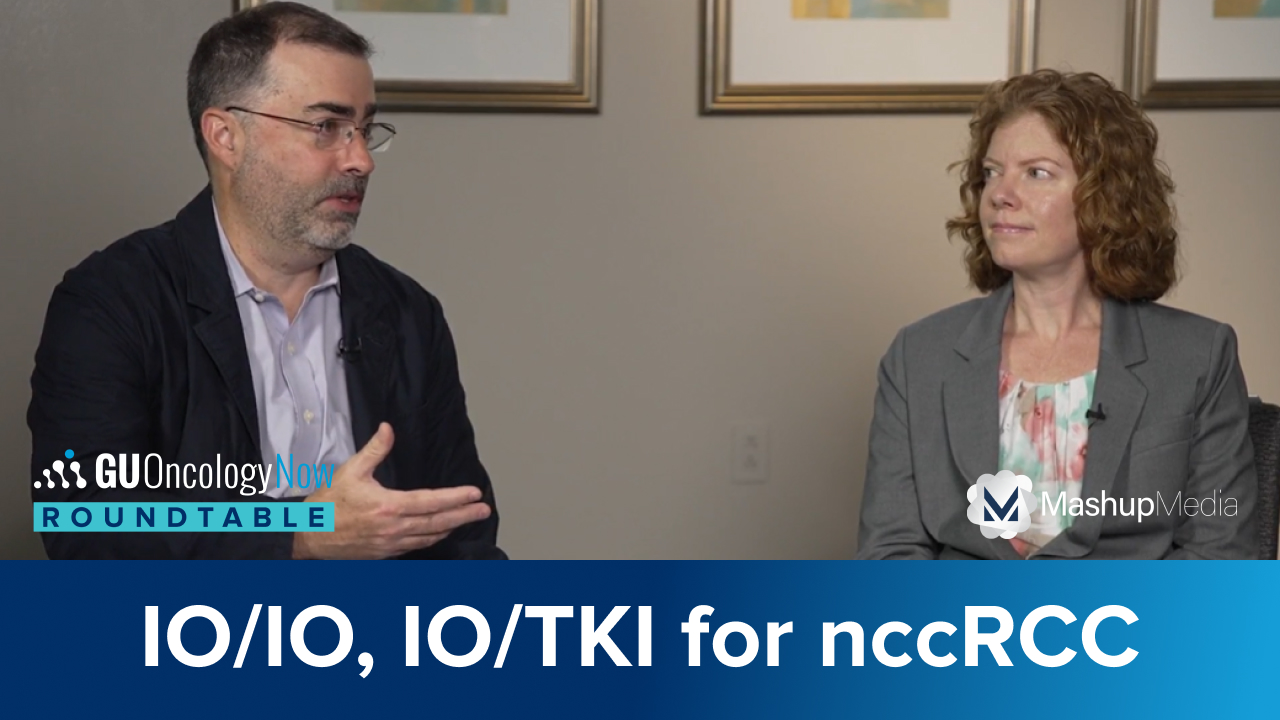

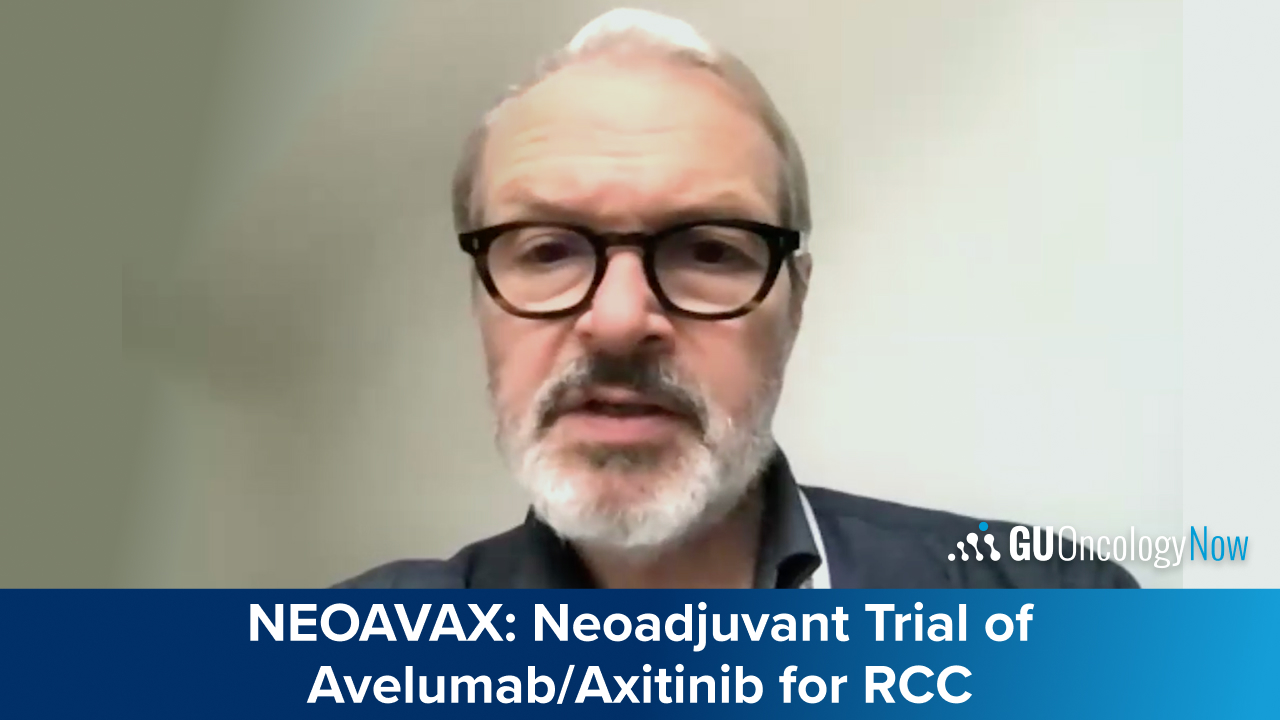
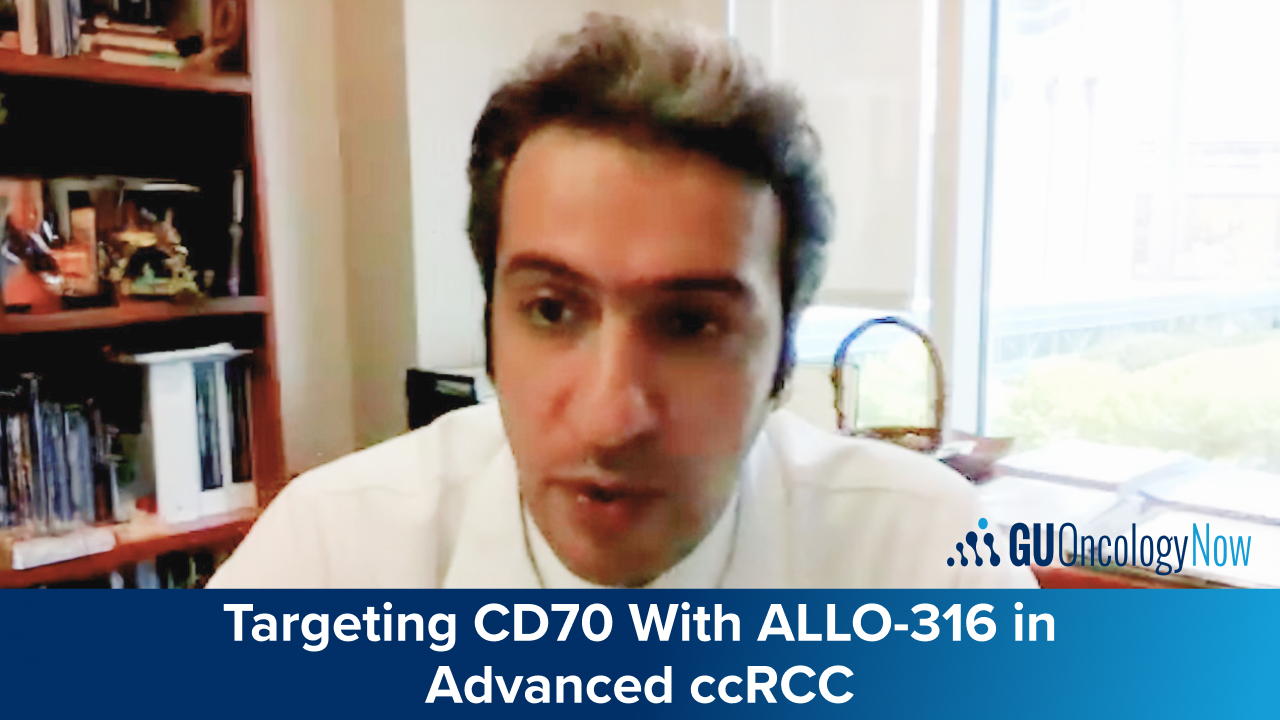


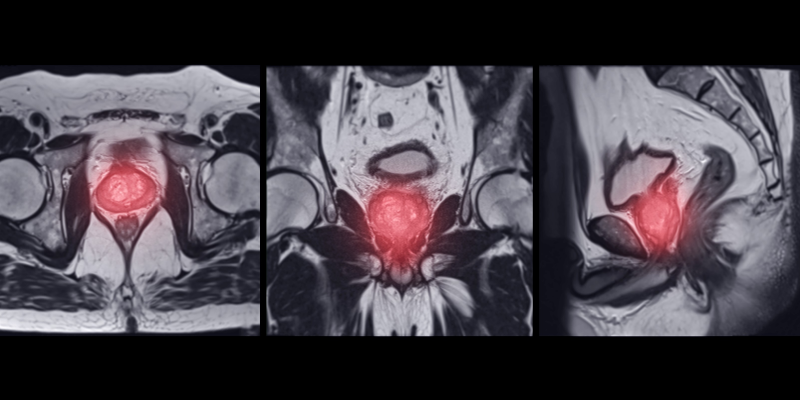


 © 2025 Mashup Media, LLC, a Formedics Property. All Rights Reserved.
© 2025 Mashup Media, LLC, a Formedics Property. All Rights Reserved.